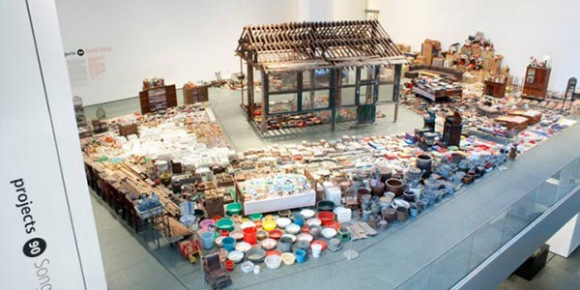
What does contemporary Chinese art mean to the world? What does the world want to see in Chinese art?
I think the world outside China is especially interested in Chinese art as the cultural expression of a country that plays a central role in the world today, both economically and politically. Viewers outside China, many of whom have never traveled there, would like to understand the country better and see the visual arts as a means to do that. Of course, while there are some Chinese artists who are directly concerned with presenting Chinese culture and interpreting contemporary events in their art, there are others who focus much more on aesthetic issues, on the history of art itself, and it is important for foreign audiences to understand that Chinese art is more than simply a window onto contemporary Chinese history.
In the eyes of Chinese and Western societies, does China have mainstream art and mainstream artists?
Some Chinese artists are definitely regarded in both China and the West as figures whose work belongs to world art history, not only China's, and in some cases, the prices of their works have risen to very high levels, accordingly. But I would be very careful about judging artists' importance simply by the prices their works command in the art market. Dealers and collectors are not always the best judges of lasting artistic importance. The judgment of curators and scholars is much more significant, though it does not always affect market prices.
Do you think the soaring price of Chinese art will have an impact on MoMA's Chinese contemporary art collection? If so, how?
The high market prices for the works of well-known contemporary Chinese artists certainly make it more difficult for American museums in general, not merely MoMA, to expand their collections, but that is a problem that museums encounter in any popular area. Museums in the United States often look to private donors for support in making acquisitions of works of art with high prices.
When it comes to cooperating with international art institutions, do you think strategies vary according to the scale and the type of the institutions?
Different types of international museums necessarily look for different types of international partnerships. Private museums like MoMA generally try to find individual museums with which to cooperate on a museum-to-museum basis.


















































